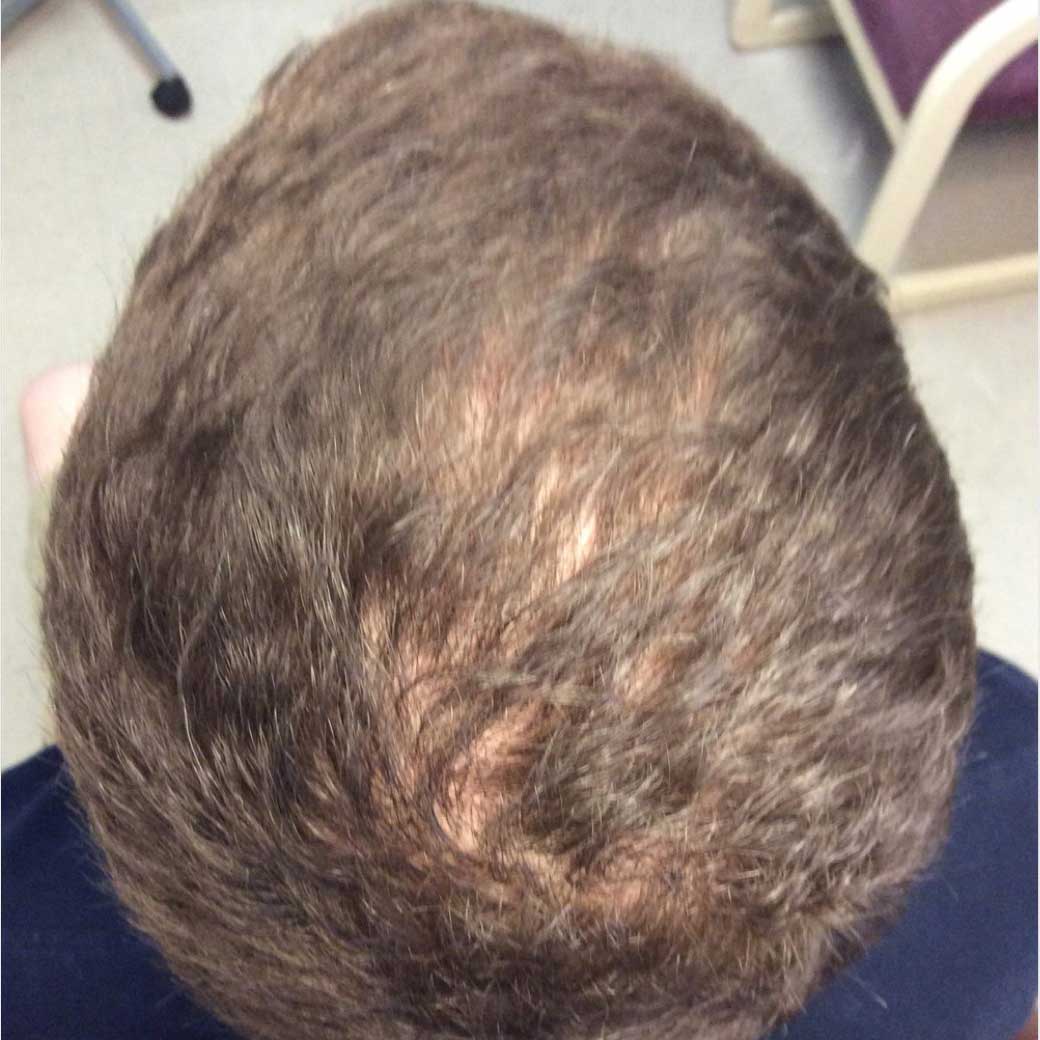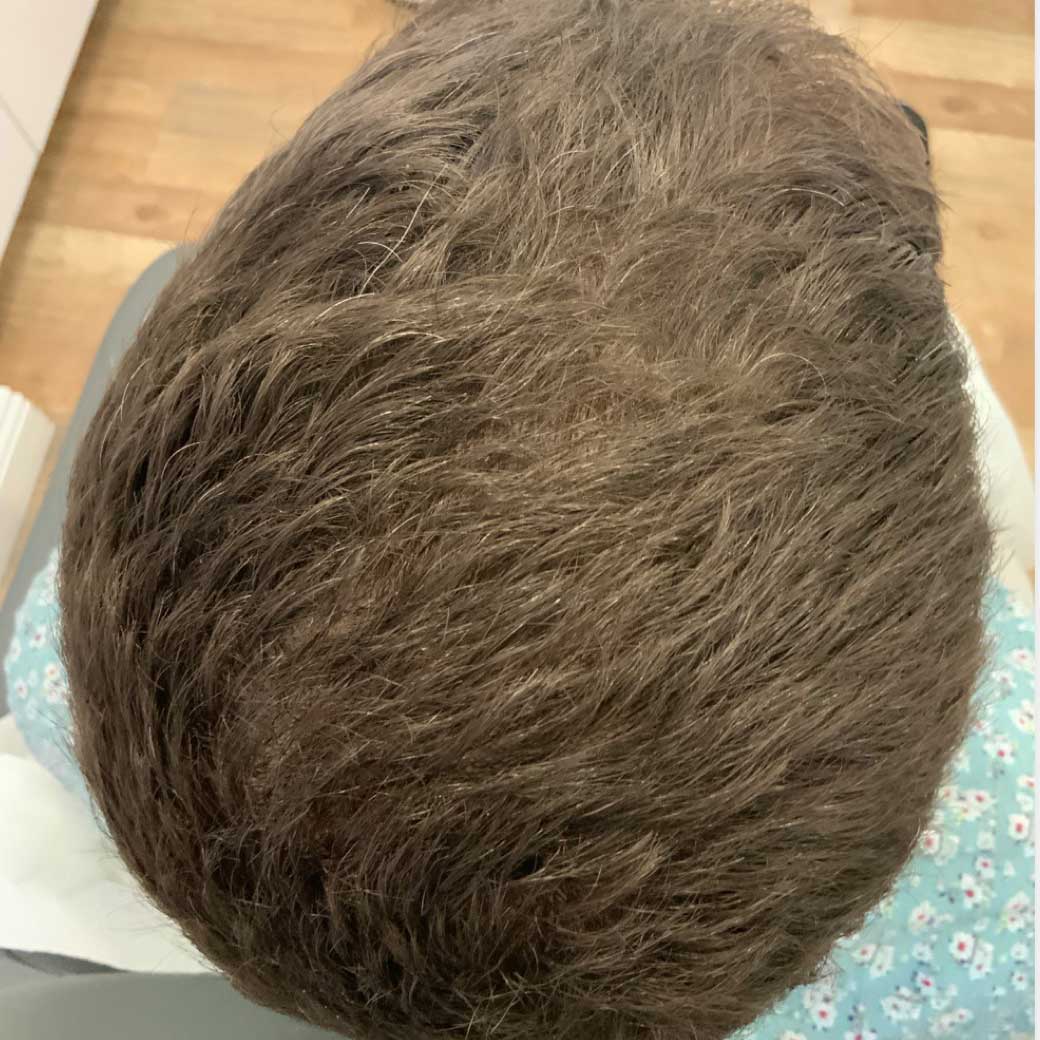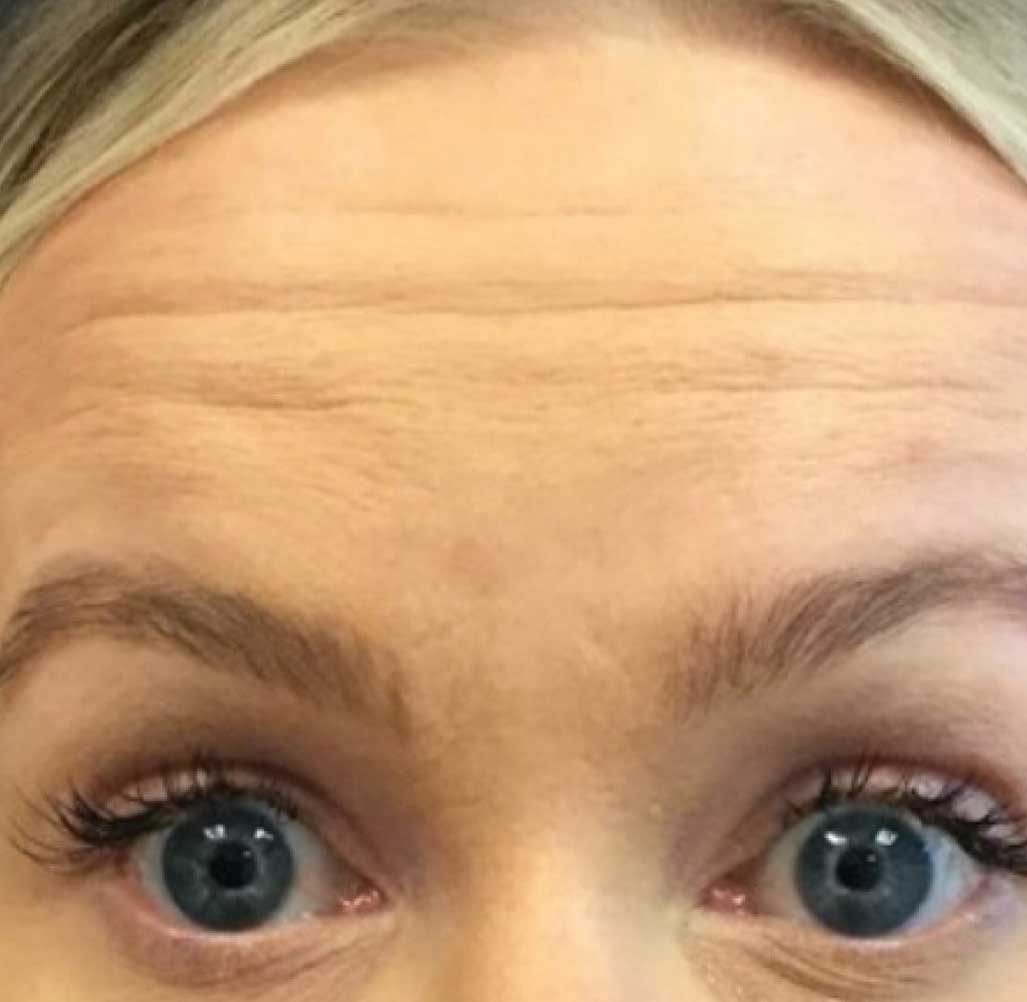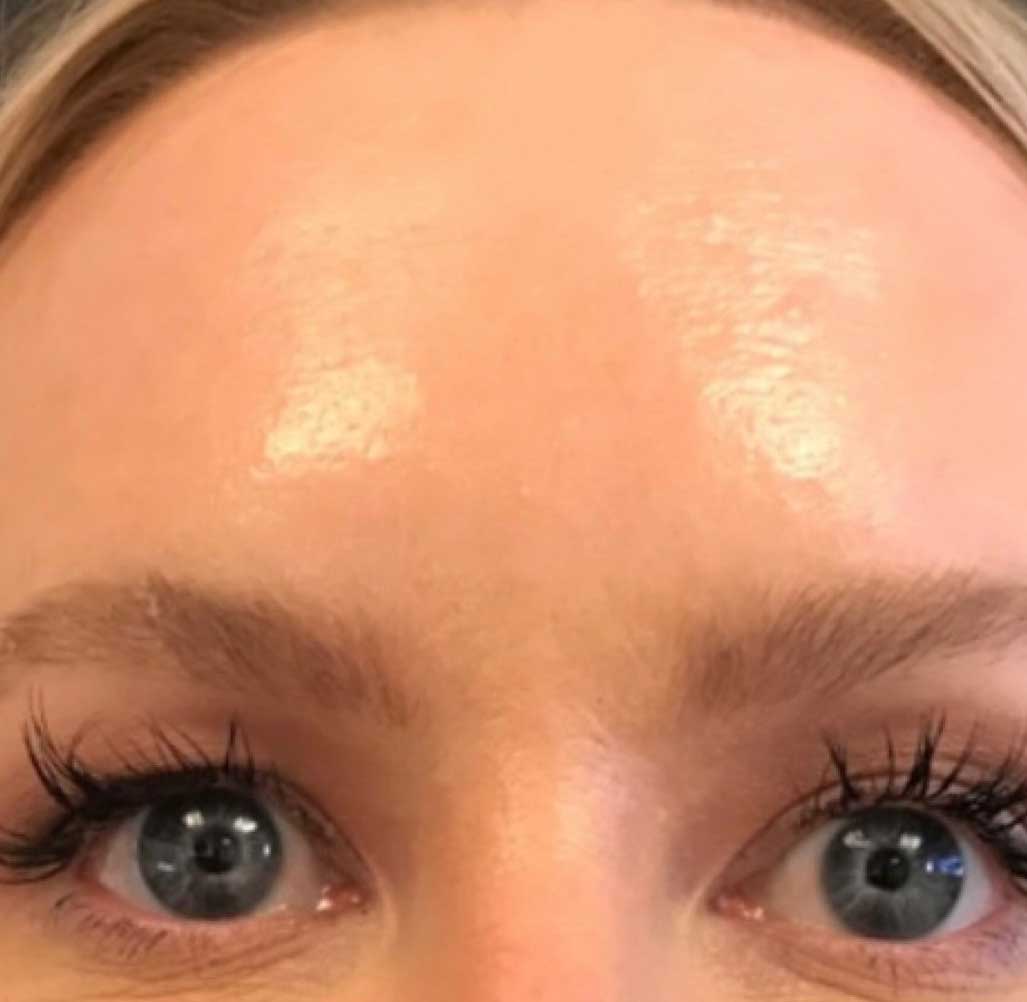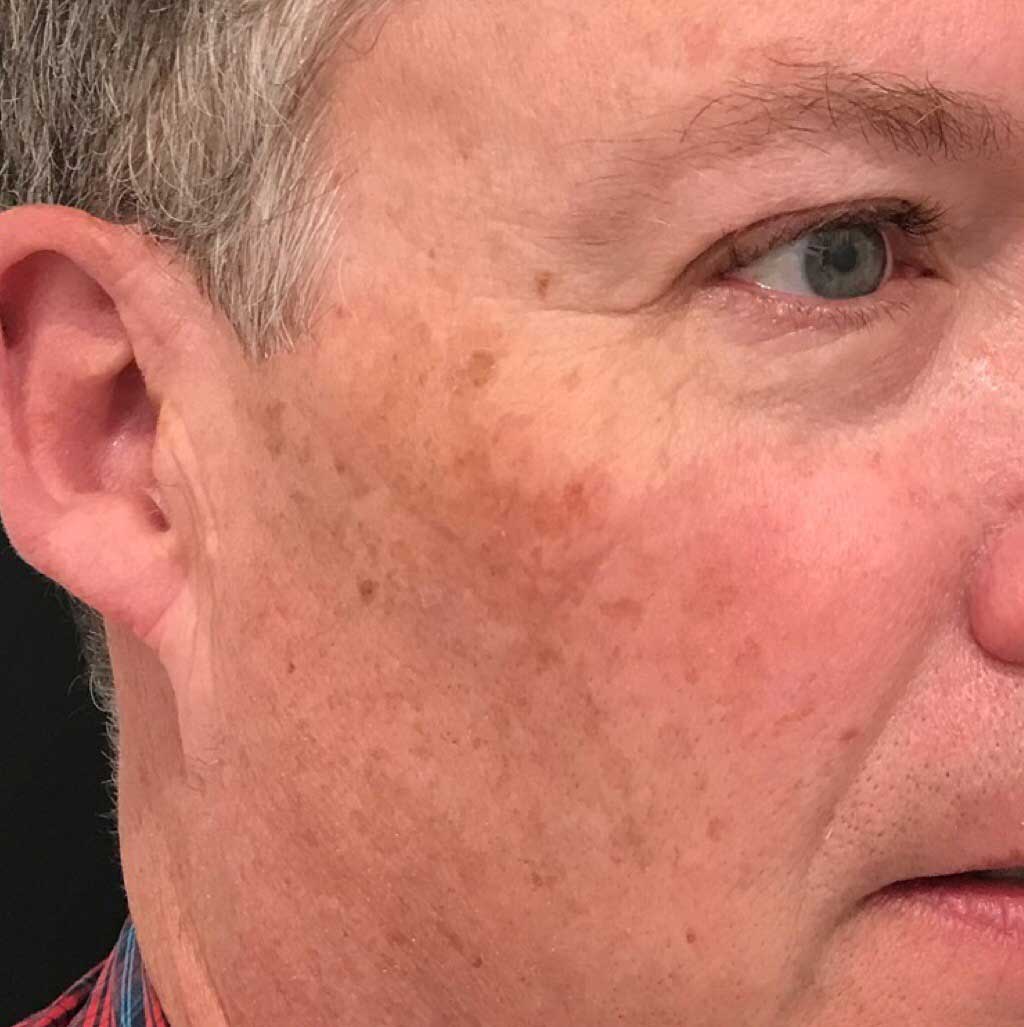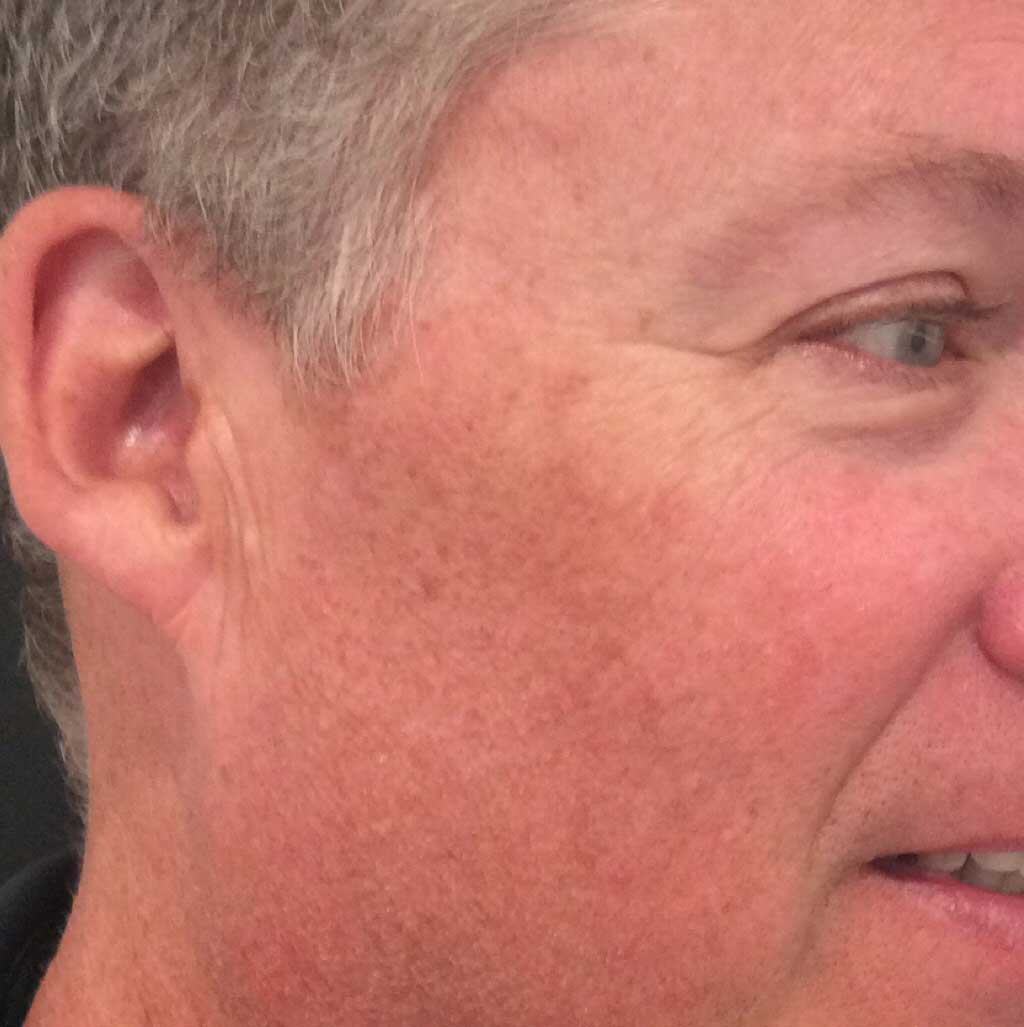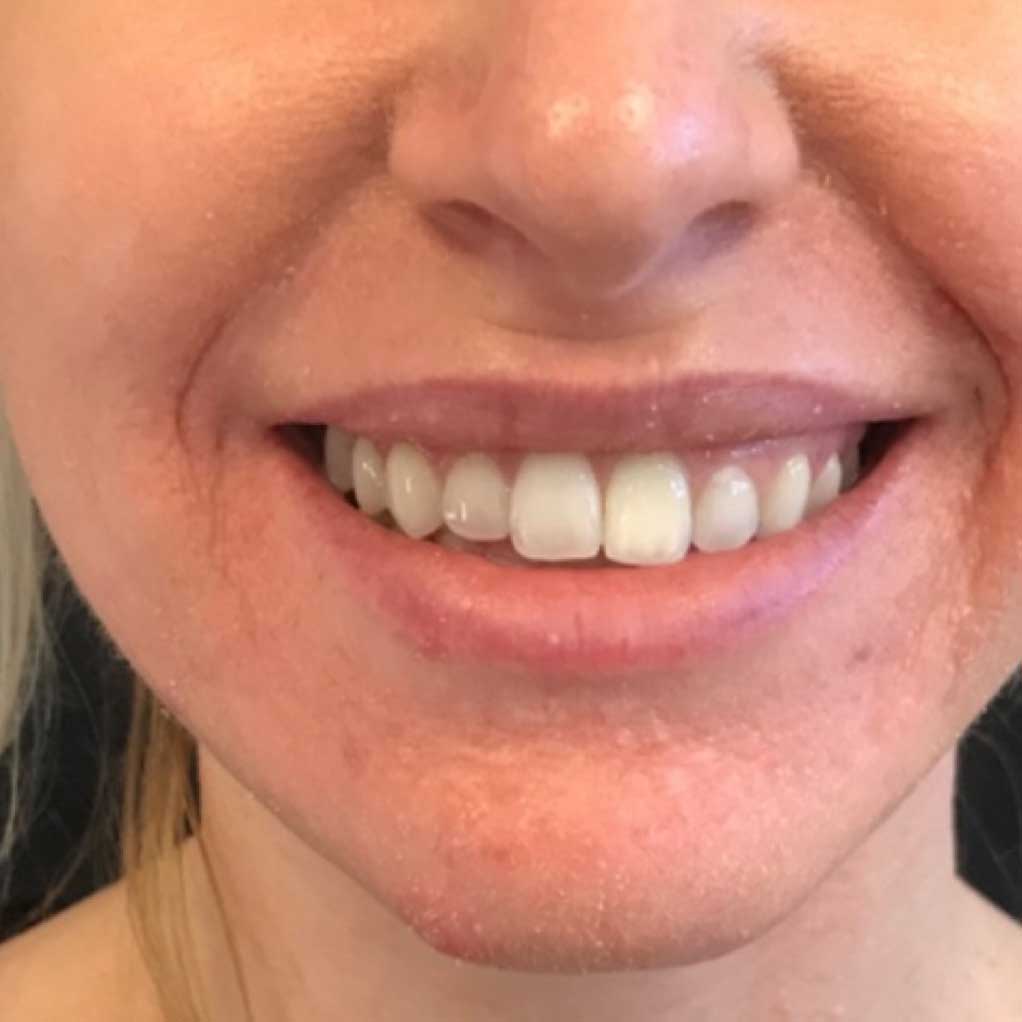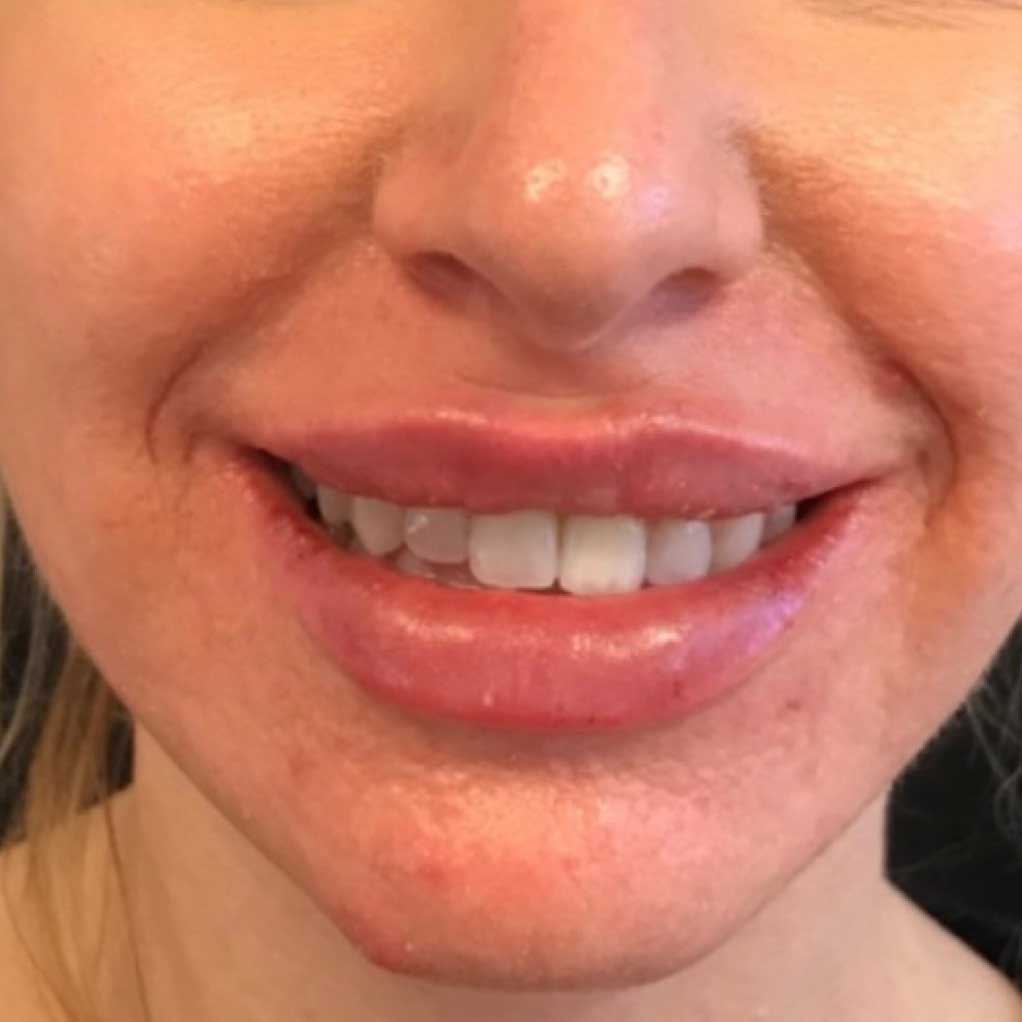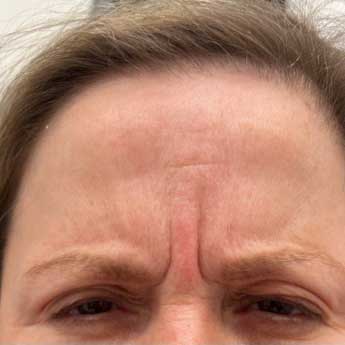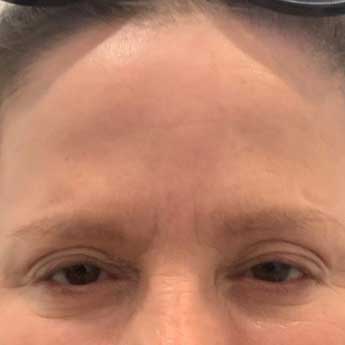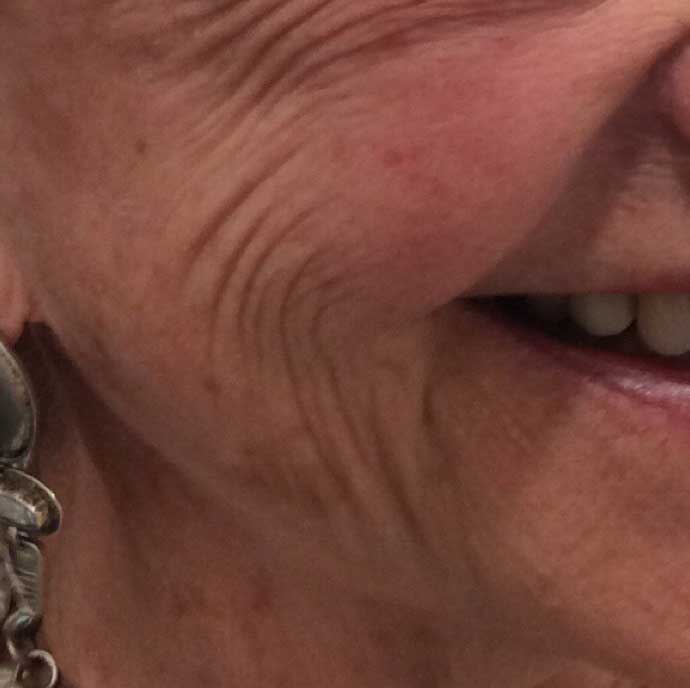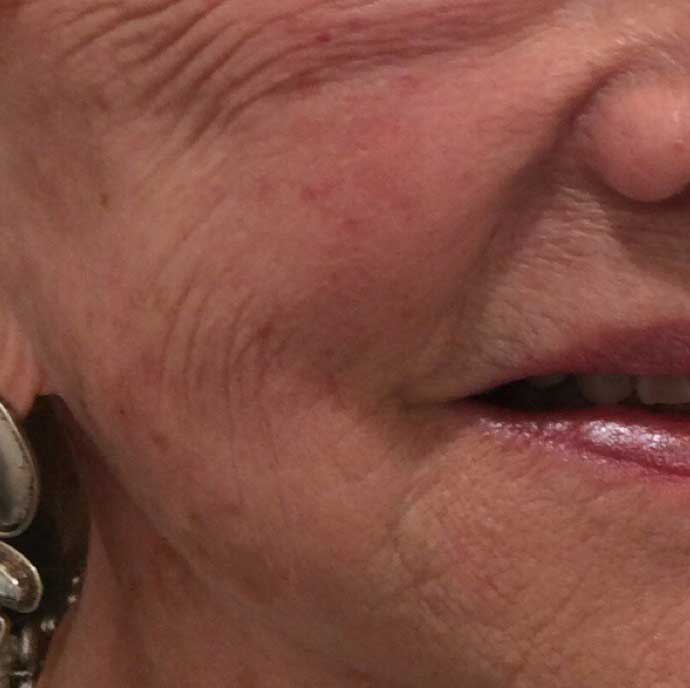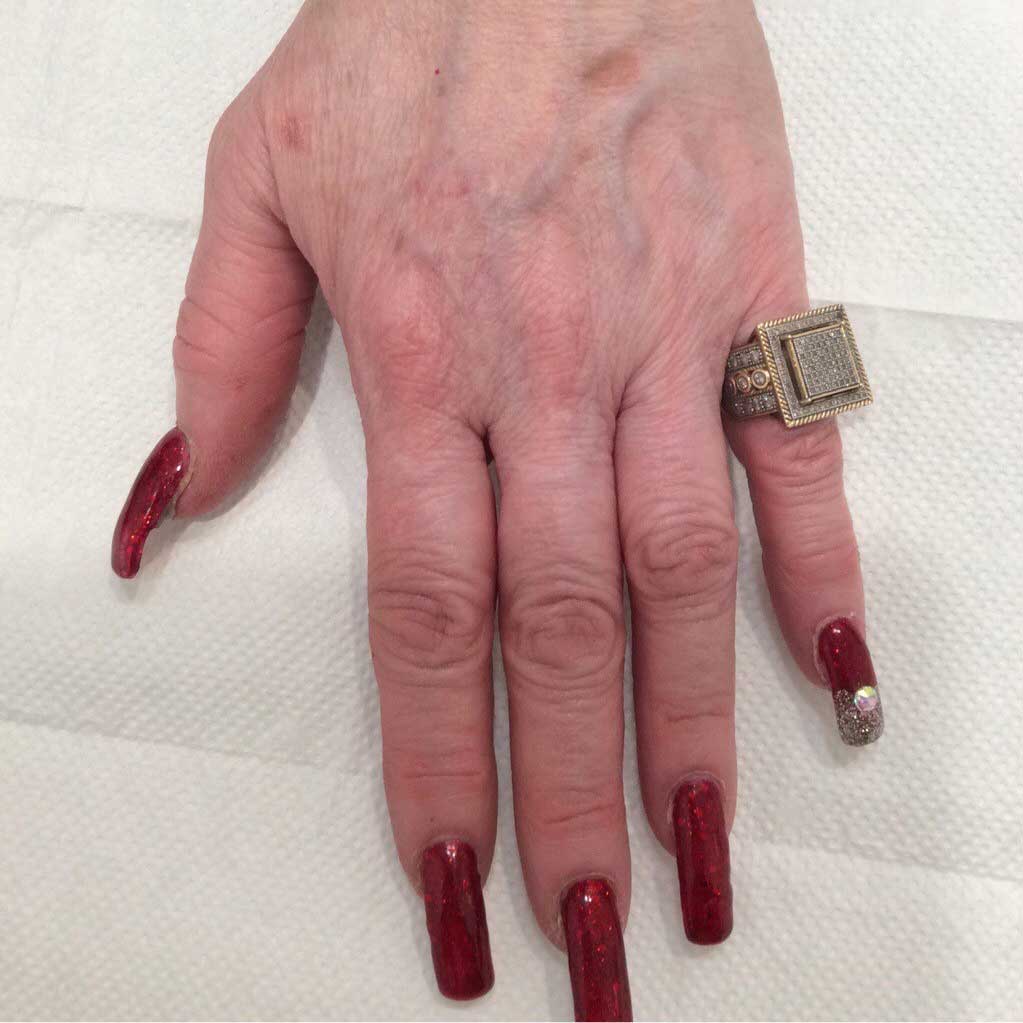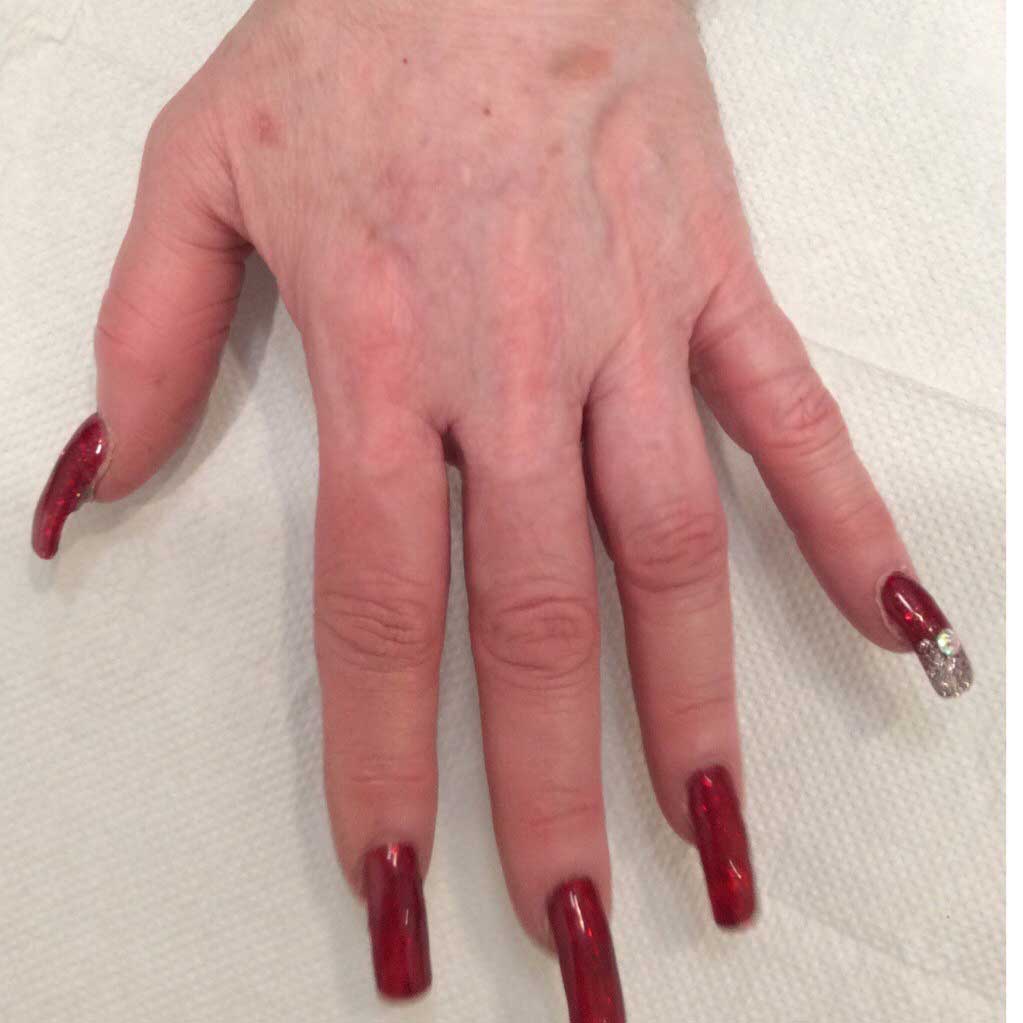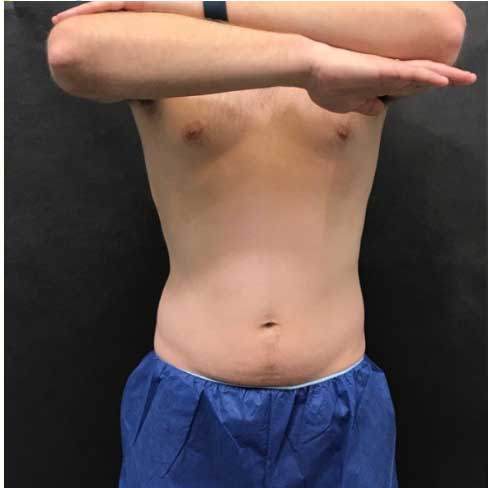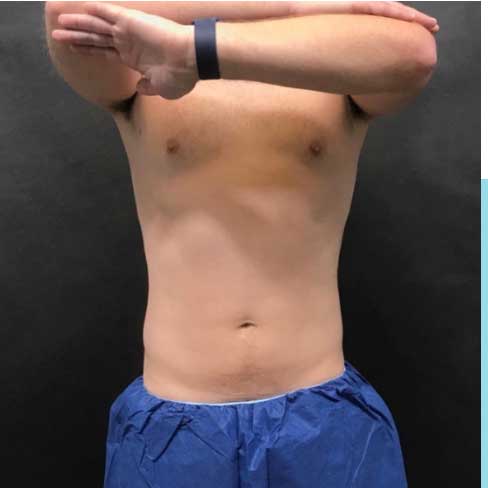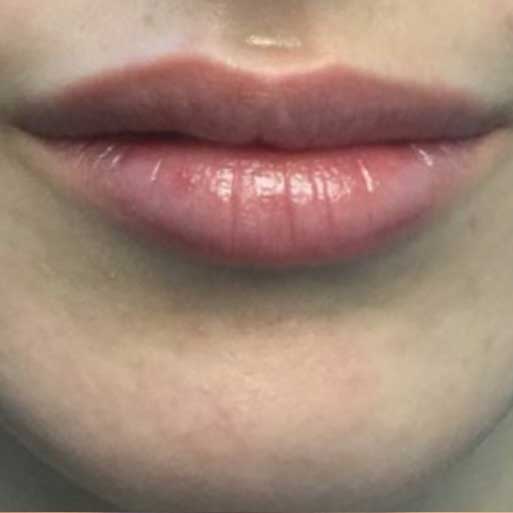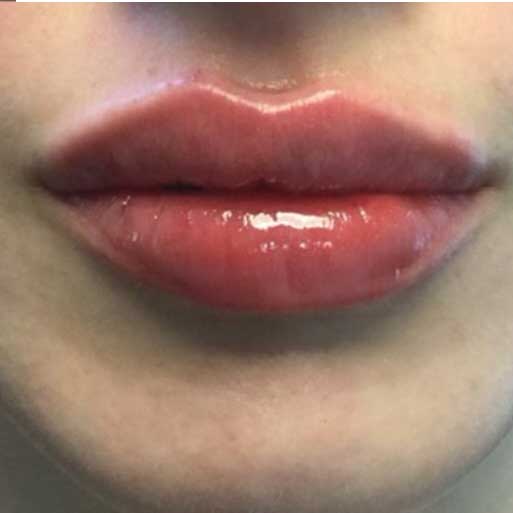PRP Hair Restoration
Conveniently located to serve the areas of Mountain View, San Jose and Carmel, CA

PRP hair restoration is a non-surgical procedure that uses your body’s own restorative properties to improve thinning hair or balding areas around your head. These restorative properties include platelets and stem cells that restore function in damaged cells. During a PRP treatment, we extract these restorative properties from your blood to revitalize weakened hair follicles. PRP restores your hair follicles’ functions, leading to natural, genuine hair regeneration. PRP gives patients the ability to regrow their own natural hair with a quick and non-surgical procedure.
If you are interested in learning more about PRP hair restoration or want to schedule a consultation, please fill out this contact form. A member of our team will reach out to you shortly. If you’d like to speak to us now, call us at (650) 254-1200 (Mountain View); (408) 831-6229 (San Jose); or (831) 656-9331 (Carmel-by-the-Sea) for an initial consultation
Contents
How Common Is Hair Loss?
Okay, ready for an experiment? Run your hand softly yet firmly through the hair on top of your head. Pass your fingers from your roots to the ends of your hair. Now, hold out your hand and count how many hairs are caught in between each finger. If you have less than 10, you currently have no concern for hair loss! However, if you pulled out 10 or more, you might want to consider a consultation with hair restoration specialists.[1]
This quick, rudimentary experiment is called a pull test. It’s designed to help you test your follicular health any time, anywhere. If you discovered 10 or more hairs, you are actually among the majority of people experiencing hair loss. Around 80% of men and 40% of women will see their hair thinning throughout their lives.[4]
What Causes Hair Loss?
Although hair loss is common, it’s often an indicator of age. Those who are balding often say it makes them look older than they feel. Because everyone’s hair loss is different, some of us may start balding right after high school or not start until much later in life. For some of us, our hair loss may only be periodical. This non-permanent hair loss is caused by:
- Stress
- Nutrient deficiency
- Certain medications
- Mental health conditions like depression and anxiety
Androgenetic alopecia (AA), on the other hand, is the type of hair loss that is gifted to you through your genes. AA is the most common form of alopecia and often exacerbates hair loss caused by the extrinsic factors mentioned above. The follicles on your head are sensitive to androgen hormones like testosterone and they gradually lose strength the more they are exposed to these chemicals. This is why after puberty, men begin to see their hair thinning. This is also why men who use anabolic steroids report hair loss as a common side effect. And this is why women experience hair loss during pregnancy and menopause – both are times when their hormones become imbalanced.
The Science Behind PRP
We know that the human body can close minor wounds, restore torn ligaments, heal broken bones, and keep itself in optimal working condition. But can this natural healing process restore damaged hair follicles? To start a PRP session, we first draw a sample of your blood. We run this sample through a centrifuge and, at high velocities, the organic components in the blood separate. At the bottom of the vial, making up around half of our blood, are red blood cells. These blood cells exchange oxygen for carbon dioxide to keep the entire body oxygenated. At the top of the vial is what’s called the Buffy Coat layer.
The Buffy Coat Layer
Half of your blood is made up of red blood cells; the other half holds the secret to PRP. Right now, throughout your body, your blood is transporting platelets, white blood cells, and nutrient-rich plasma to every cell in your body. Platelets carry cells that are instrumental in blood clotting and tissue repair. When we scrape our knee, platelets are responsible for redirecting blood and closing the scrape. You’ve probably heard that white-blood cells fight off viruses and bacteria, but they also guide the tissue repairing process.[5] And lastly, plasma is what transports all of these properties to different parts of the body. Think of it like a subway car that makes hundreds of stops all along your circulatory system. After we run your blood sample through a centrifuge, we extract these components and formulate them into a serum.
How Does PRP Regrow Hair?

With this PRP serum, we can choose where to infuse these restorative properties. When we target damaged or atrophied hair follicles, we simply inject the serum into strategic areas around the balding area. Over time, the serum spreads to the under-performing cells and begins its restorative processes. Studies have shown PRP restores hair follicles to the point of regrowing the patient’s natural hair after only a couple of sessions.[6
Is PRP Right For Me?
If you are interested in seeing if PRP is right for your hair loss, the first step is to schedule a personal consultation with us. PRP is one of the newest solutions for hair loss. Previous hair loss treatments involved extensive surgeries that required long recovery times and left obvious scarring.
Minimally Invasive
Other hair loss treatments require multiple incisions around the sides and back of the head. These incisions leave scars that are easily seen through shorter hairstyles. But PRP only requires a couple of injections around different areas on the head. There’s no incision, no scarring, and nothing to see other than real, genuine hair regrowth.
Minimal Downtime
Because of its non-surgical approach, you don’t have to worry about a long, drawn-out recovery. After we complete your PRP session, you will be able to resume your daily routine. Past patients have scheduled PRP sessions over their lunch break or tacked it on at the end of their day.
Limited Adverse Side Effects
In addition to PRP and other procedures, many turn to prescribed medications to reverse their hair loss. While these prescriptions may provide lasting results for some, they can also cause potential birth defects in pregnant women and prolonged impotence in men.[7] However, the PRP serum is made up of cells that are from your own body, so you can expect to see natural results with no risk of adverse side effects or irregular results.
Your Consultation At Wunderbar
At your consultation, we will note your hair loss and learn more about your recent medical history. We’ll then explain the type of results you can expect from PRP. We will also need to determine how many sessions you’ll need to see your desired results. Then, we will learn about any other cosmetic concerns you may have. Most of our patients come with more than one condition they want to be addressed. This will help us construct a personalized treatment plan. This plan will address your unique condition and include a comprehensive approach.
When To Expect Results
Depending on your circumstances, you may need more than one PRP treatment. As these restorative properties revitalize your hair follicles, your hair will grow back thicker and fuller. You can expect to see results over the next few months. It takes time for the platelets, plasma, and white blood cells to begin restoring the treated areas. This process will be further invigorated by subsequent treatments. We will discuss the next steps during a follow-up consultation.
How Much Does Hair Restoration with PRP Cost in the Central Coast?
The cost of PRP for hair loss depends on the specific requirements needed for your personalized treatment plan. We will need to factor in the size of the target areas and the number of sessions. Then, we will add in any additional aesthetic services. If you are interested in learning more about our pricing structure, please call us at (650) 254-1200 (Mountain View); (408) 831-6229 (San Jose); or (831) 656-9331 (Carmel-by-the-Sea) for an initial consultation or fill out this online contact form and a member of our team will be in touch with you shortly!
References
- Khatu, S. S., More, Y. E., Gokhale, N. R., Chavhan, D. C., & Bendsure, N. (2014). Platelet-rich plasma in androgenic alopecia: myth or an effective tool. Journal of cutaneous and aesthetic surgery, 7(2), 107–110. https://doi.org/10.4103/0974-2077.138352
- American Hair Loss Association – Men’s Hair Loss / Introduction. (2021). Americanhairloss.org. https://www.americanhairloss.org/men_hair_loss/introduction.html
- Zito PM, Raggio BS. Hair Transplantation. [Updated 2021 Jul 25]. In: StatPearls [Internet]. Treasure Island (FL): StatPearls Publishing; 2021 Jan-. Available from: https://www.ncbi.nlm.nih.gov/books/NBK547740/
- Piraccini BM;Alessandrini A. (2014). Androgenetic alopecia. Giornale Italiano Di Dermatologia E Venereologia : Organo Ufficiale, Societa Italiana Di Dermatologia E Sifilografia, 149(1). https://pubmed.ncbi.nlm.nih.gov/24566563/
- King, W., Toler, K., & Woodell-May, J. (2018). Role of White Blood Cells in Blood- and Bone Marrow-Based Autologous Therapies. BioMed research international, 2018, 6510842. https://doi.org/10.1155/2018/6510842
- Stevens, J., & Khetarpal, S. (2018). Platelet-rich plasma for androgenetic alopecia: A review of the literature and proposed treatment protocol. International journal of women’s dermatology, 5(1), 46–51. https://doi.org/10.1016/j.ijwd.2018.08.004
- Cervantes, J., Perper, M., Wong, L. L., Eber, A. E., Villasante Fricke, A. C., Wikramanayake, T. C., & Jimenez, J. J. (2018). Effectiveness of Platelet-Rich Plasma for Androgenetic Alopecia: A Review of the Literature. Skin appendage disorders, 4(1), 1–11. https://doi.org/10.1159/000477671



